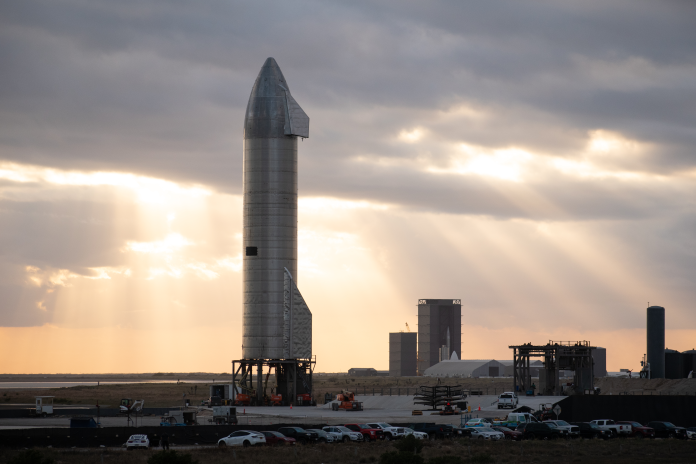
How do we survive and flourish on a century-long journey away from Earth’s blue cradle, armed only with the technology and know-how we bring with us? This was once a problem of science fiction, but now propels a new generation of engineering and social experimentation, as witnessed in the recent Project Hyperion challenge a global competition that attracted close to a hundred teams to imagine the first true generation ships.

1. Engineering the Ship: Concentric Cylinders and Fusion Power
The key to the winning ship, Chrysalis, is a daring engineering design: a 58-kilometer-long cigar-shaped ship composed of concentric cylinders, where each one plays a distinct purpose. The outermost cylinders are used for food production and biomes tropical rainforests, farms, and expertly chosen animal species to preserve biodiversity while inner cylinders contain communal areas, living accommodations, and key infrastructure. This nested, modular structure not only facilitates flexibility and expandability but also keeps the vessel’s frontal area to a minimum, lessening the threat from micrometeoroid and orbital debris impacts during acceleration and deceleration. The whole structure is produced by advanced 3D-printing methods, allowing in-space construction and repair a crucial feature for a ship that will need to be self-sustaining over centuries.
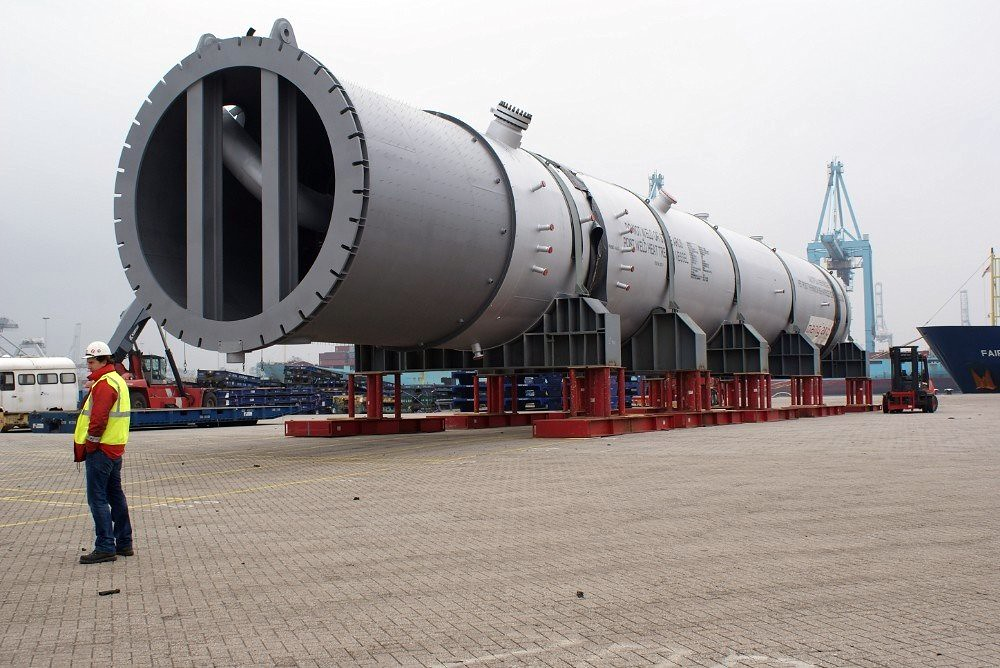
Propulsion is achieved by a Direct Fusion Drive (DFD) powered by helium-3 and deuterium fuel, producing a maximum 0.1 g of acceleration. This method, although still untested, is based on near-future technology. The DFD, a linear reactor, uses the vacuum and cold of space to ease plasma confinement and cooling, allowing for potentially exhaust speeds that would reduce interstellar travel time immensely. As Richard Dinan of Pulsar Fusion summarized, “If we are going to be the species that actually get to other planets, then exhaust speeds are pretty much the most important thing.” The DFD would speed up the ship for a year, cruise for centuries, and slow down as it reaches its destination Proxima b, 4.25 light years away.

2. Artificial Gravity and Radiation Shielding
Astronauts’ long-term human health in deep space requires more than thrust. Both Chrysalis and runner-up Hyperion design utilize rotating habitats to produce artificial gravity, through the use of counter-rotating shells or rings to suppress Coriolis effects and provide Earth-like conditions for the crew. Radiation, however, is still a ruthless opponent. Hyperion’s twin rings are designed to produce an Earth-like magnetic field, a requirement for successful pregnancy and long-term well-being. As Kristine Ferrone’s review on magnetic shielding technology cites, “NASA has identified radiation as one of the highest risks to astronauts on interplanetary missions, as well as one of the least well-managed risks to date.”
Some ideas take it a step further. The third-place Systema Stellare Proximum uses a hollowed-out asteroid as a defense shell, using its weight to protect against cosmic rays and micrometeoroids. This biomimetic design bending the vessel into a jellyfish shape blends passive and active defense, with variable-density materials in the asteroid dispersing impact energy and self-repair robots keeping the shield intact. The system includes a laser-based protection system to vaporize smaller objects.

3. Closed-Loop Life Support and Biodiversity
Centuries-long survival calls for more than mere mechanical cleverness. All the winning solutions include closed-loop bioregenerative life support systems in which waste is converted into food, water, and oxygen. Chrysalis’s plant-based diet is not only an ethical option but a requirement, as only a handful of animal species turtles, valued for their long lives and resistance to disease are taken on to aid in ecosystem balance. Other plans, such as Endless Beyond the Stars, provide for light from biogas generated from the corpses, highlighting the need for complete recycling of resources.
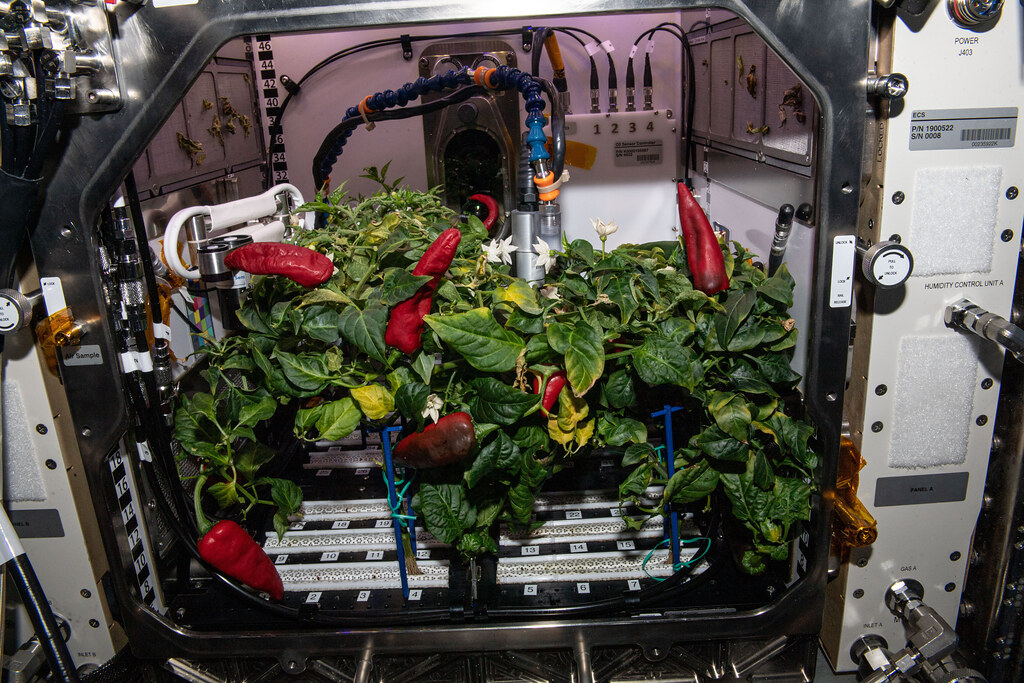
Recent breakthroughs in space farming, including the NuCLEUS system designed by Interstellar Lab, show how it is possible to cultivate a variety of crops and even edible insects in modular, robotized greenhouses. As NASA researcher Gioia Massa noted, “The big challenges, once outside of Earth’s safe magnetic field, are going to be space radiation. That’s going to be a huge challenge for the astronauts and also the plants.” And we have no idea how that might affect things such as long-term seed viability.
NuCLEUS produced 10 kilograms of food in 1.5 months, including black soldier fly larvae, in a closed-loop system a preview of the food independence needed for interstellar travel.
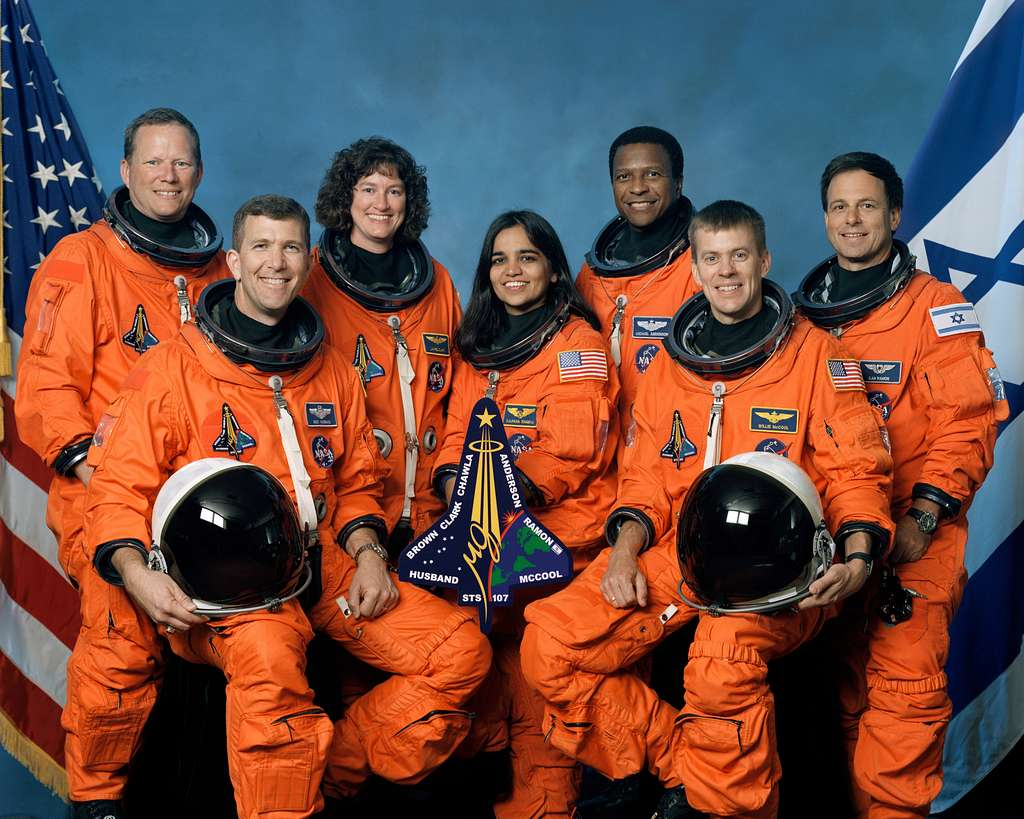
4. Social Structures and Psychological Resilience
Technical solutions only can’t provide assurance for the survival of a multi-generation crew. The Hyperion challenge tasked teams with confronting models of society and governance in a world that has to survive, learn, and adapt in solitude. Chrysalis designers suggested flexible family configurations, where membership had a basis in communal connections over established nuclear families. Psychological resilience of the crew is challenged by analog missions in Antarctic outposts, where the isolation and limitation of resources simulate deep-space conditions. As executive director of the Initiative for Interstellar Studies, Dr. Andreas Hein explained, “We asked participants to combine architecture, technology and social systems in order to imagine a working society over centuries – and the result exceeded expectations.”
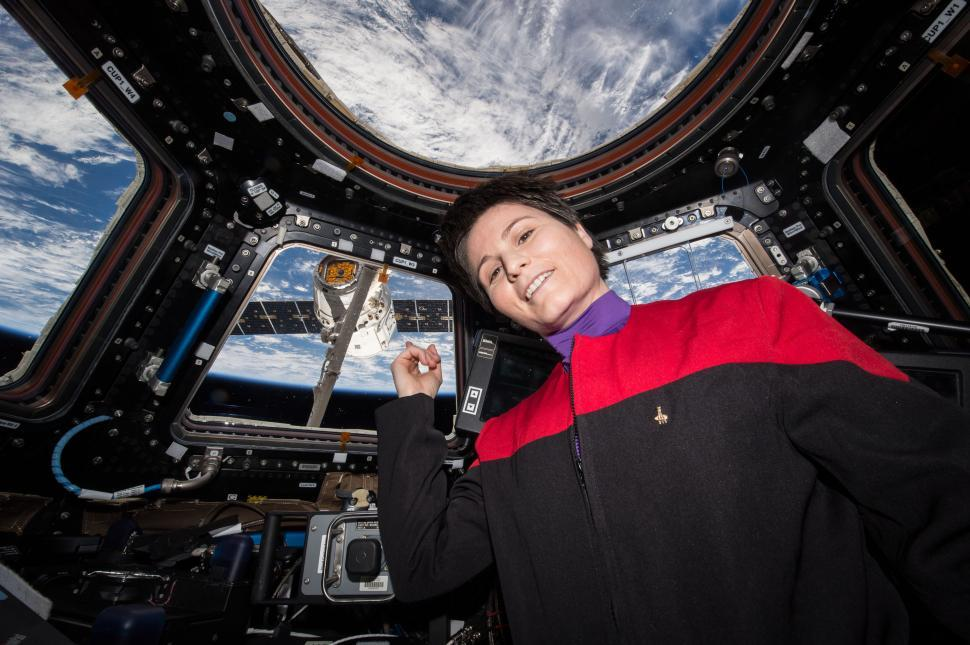
5. Knowledge Transfer and Cultural Continuity
Ensuring culture, technology, and knowledge endure through generations is as vital as material survival. A number of designs include reserved areas for education, libraries, and spiritual expression, and AI-supported governance to resolve conflicts and distribute resources. New religions and group identities are predicted, with some schemes proposing neopagan cults that deify nature and humanity in all its forms.
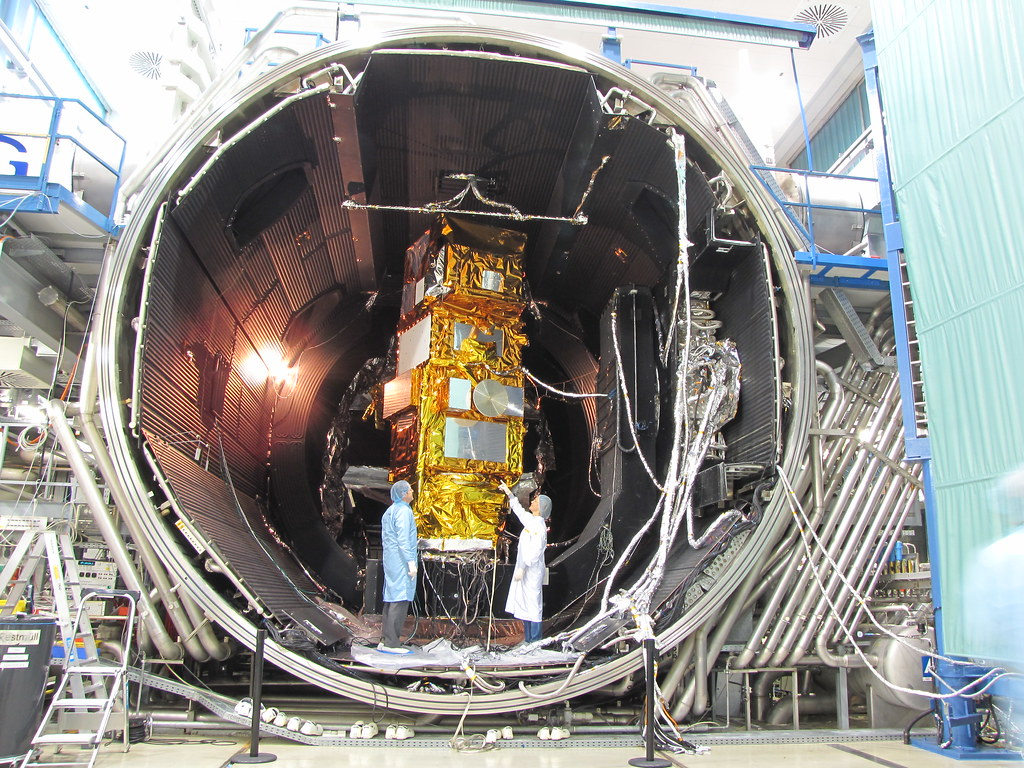
6. The Road Ahead: Challenges and Unanswered Questions
Despite the technical brilliance on display, formidable challenges remain. Magnetic shielding, while promising, is still largely conceptual, and the practicalities of deploying and maintaining such systems at scale are unresolved. Fusion propulsion is also in the experimental phase, with critics such as MIT’s Paulo Lozano cautioning, “Fusion is finicky and has been finicky for lots of reasons and for a very long time, particularly in small devices.” But incremental advances in vacuum chamber testing and in-space manufacturing hold out the promise that these obstacles can be overcome within a generation.
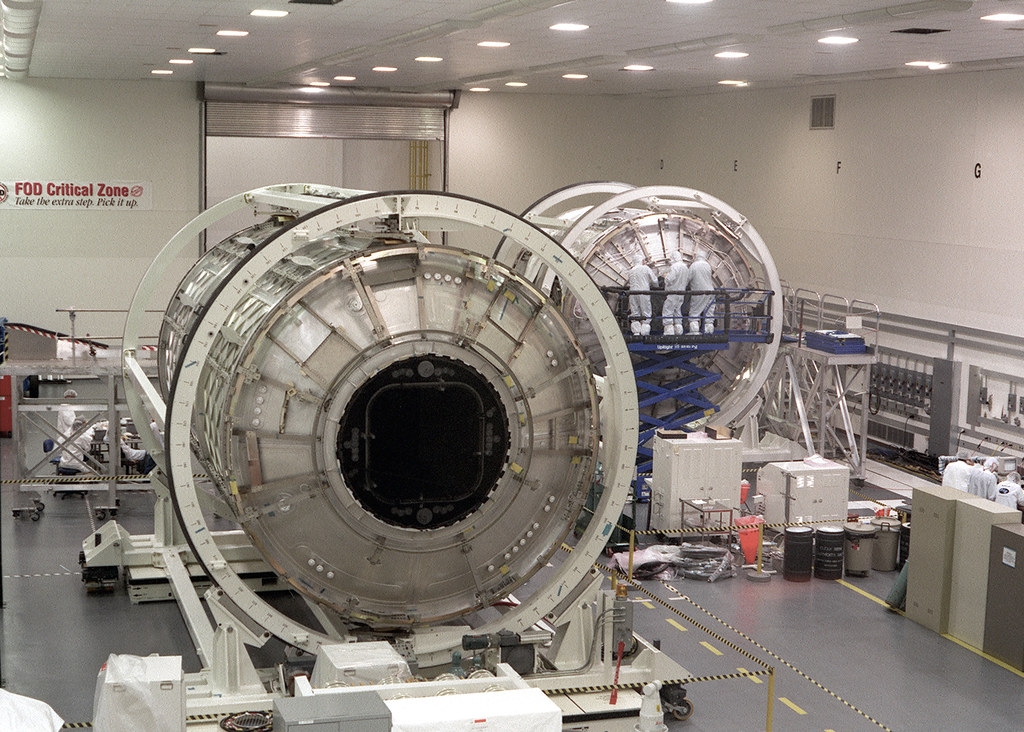
The Hyperion competition has demonstrated that the fantasy of interstellar travel is no longer the realm of science fiction. With the lines between engineering, biology, and social science becoming increasingly blurred, the generation ship reveals itself not only as a ship, but as an experiment in what it is to be human hundreds of light-years from home, and perhaps, closer than ever to the stars.
